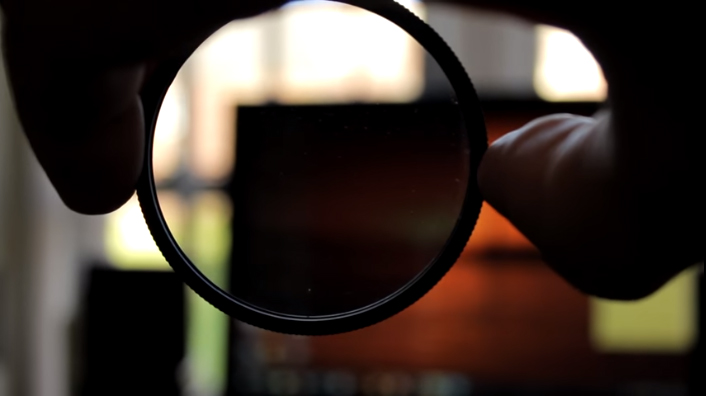Last Updated on 09/03/2017 by Chris Gampat
While some photographers these days may just use a polarizing filter for the color benefits, there are other uses. Surely, many of us have struggled with the problem of glare on our photos countless times. Glare from window reflections, glass displays, and even water have ruined one too many photos. However, before you resign your future snaps to removing glare with Photoshop, you might want to get some help from the trusty polarizing filter first.
Filters used to be the way to go to manipulate light and colors in-camera, and that has largely gone out of fashion in the digital age. The simple and handy polarizing filter has also been largely forgotten (rendered obsolete, if we’re going to be blunt about it), in favor of post-processing techniques. Still, the clone stamp can only get you so far, and all those hours spent editing can be minimized by simply screwing a polarizing filter over your lens to cut reflected light on glass, water, and other smooth surfaces. After all, countering glare is mostly a battle against (unwanted) light.
In the highly informative and excellently made tutorial video below by Christopher Frost, we can see why polarizing filters were greatly helpful for photographers then, and why we should pick them up again today:
There you have it, the magic of polarizing filters. The nifty contraption was designed to absorb polarized light, which is any kind of light that is reflected off non-metallic surfaces and sunlight from the sky. By simply putting it over your lens, you minimize, or completely get rid of reflections from surfaces such as water, glass, and even book or magazine covers. The polarizing filter is also capable of producing another cool effect: darkening the blue sky, which can be useful for taking dramatic sky and cloud photos.
Apart from showing exactly what the polarizing filter does (admit it, it was awesome to see the reflections disappear in the video itself), Christopher also talked about how it behaves in certain conditions, like shooting with a wide angle lens or against the windows.
So, as Christopher also mentioned, polarizing filters are cool, and it’s definitely a useful tip to keep one handy!


